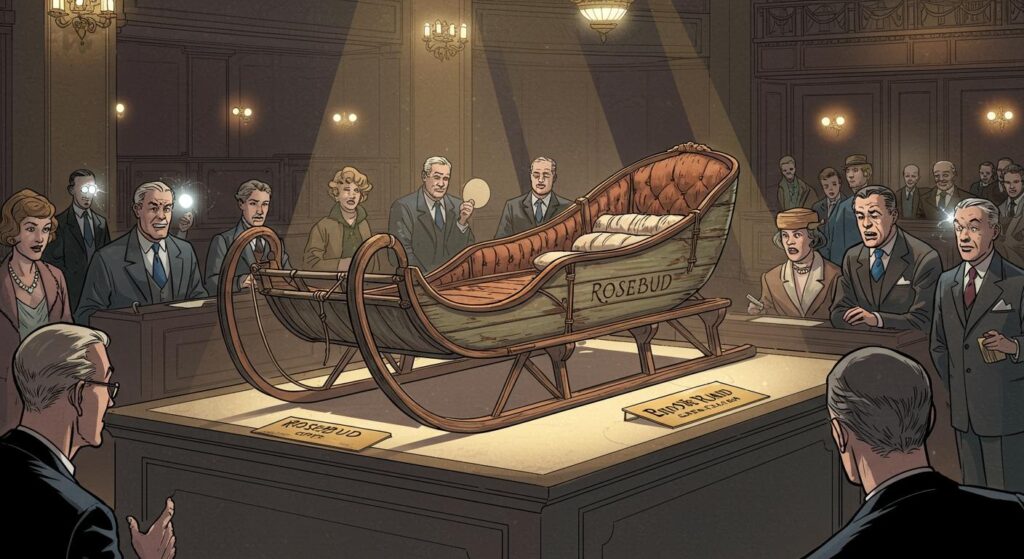There are true crime stories that fade from cultural memory, and then there are stories so bizarre, so firmly lodged in the digital age’s collective psyche, that even a decade later they prompt a double-take when new developments arise. The Slender Man stabbing—a mix of playground horror, internet folklore, and chilling real-life consequences—is unmistakably the latter. And now, as reported by the Associated Press, one of its central figures, Morgan Geyser, has been approved for conditional release from a psychiatric hospital.
Ten Years Later: Slender Man’s Shadow Lingers
Let’s rewind to 2014, an era when the internet’s shadowy corners birthed memes destined for campfire legend status. Slender Man, concocted by Eric Knudson in 2009, made the leap from creepy Photoshop contest to genuine cultural bogeyman. That leap turned grim in Waukesha, Wisconsin, when Geyser and her friend Anissa Weier, both just 12 at the time, led their classmate Payton Leutner into the woods outside their suburban neighborhood. There, Geyser stabbed Leutner 19 times, reportedly in an attempt to appease Slender Man. In a narrative that feels like it wandered straight out of Creepypasta and into court records, Leutner somehow survived—cheating odds that border on the miraculous.
The case stands out as a head-spinning collision between internet-born myth and youthful credulity—innocence twisted by viral folklore. Watching it unfold, it was difficult not to recall the way previous generations of adults once panicked over the supposed dangers of comic books or Dungeons & Dragons. Only here, the frightening story sprang up right where children actually played: the forums and wikis that shape digital childhoods.
The Long Road to Release
After being found guilty but not responsible due to mental illness, Geyser was committed to the Winnebago Mental Health Institute for up to 40 years. Her release, as detailed by the Associated Press, is conditional, based on a plan developed with input from mental health experts and the Department of Health Services, and recently approved by Judge Scott Wagner. The timeline and criteria for her reintegration are being kept confidential—an understandable move, given both personal safety and community fears.
The process hasn’t exactly been smooth. AP reports that an earlier proposal would have placed Geyser just eight miles from Leutner’s family, spurring objections from the victim’s mother and leading to the plan being redrawn. Prosecutors brought these concerns to court, and the subsequent caution seems emblematic of how communities continue to wrestle with the unsettling intersection of childhood crime, notoriety, and attempted rehabilitation.
Complicating matters further, state health officials at one point flagged concerns over Geyser’s readiness for release. Among the details: she had read a staff-approved novel about murder and black market organ sales, and exchanged communication—also known and allowed by staff—with a collector of so-called “murderabilia.” She sent him a sketch of a decapitated body and a rather personal postcard, but as her attorney clarified, she cut off contact in 2024 after discovering he was trying to profit from their correspondence. Judge Michael Bohren, presiding before his retirement, determined Geyser wasn’t hiding anything, and left it to health officials to keep developing a suitable release plan. Certainly, there’s something surreal about a system where macabre reading material and correspondence with trophy collectors are part of the clinical progress reports—but perhaps that’s the only truly fitting detail in a saga born from internet myth.
What Does Rehabilitation Look Like—And For Whom?
Geyser isn’t the only participant from that sleepover whose path echoes oddly through the years. The AP notes that Weier was released in 2021, under the conditions of living with her father and wearing a GPS monitor—a technological leash, one could say, for a crime that originated in the tangled web of online legend. In an age where the tools of obsession and fantasy are increasingly digital, it feels oddly apt that their very freedom is now partially surrendered to devices and constant oversight.
Cases like this inevitably surface uncomfortable questions. How does a court—or a community—determine when someone who committed violence as a child, surrounded by layers of delusion and mania, has been rehabilitated? Who gets to decide if the risk is low enough for reintegration, knowing that the specter of the crime lingers far longer than a news cycle? If the strange is our new normal, does closure ever really happen, or does the story simply shift shape like its own urban legend?
A decade on, the Slender Man case maintains its peculiar hold on the public imagination—the lines between internet and reality, fact and myth, hardly more defined than before. Perhaps what we’re seeing is not the end of the narrative, but just another curious turn in a tale the digital age can’t quite put to rest.







